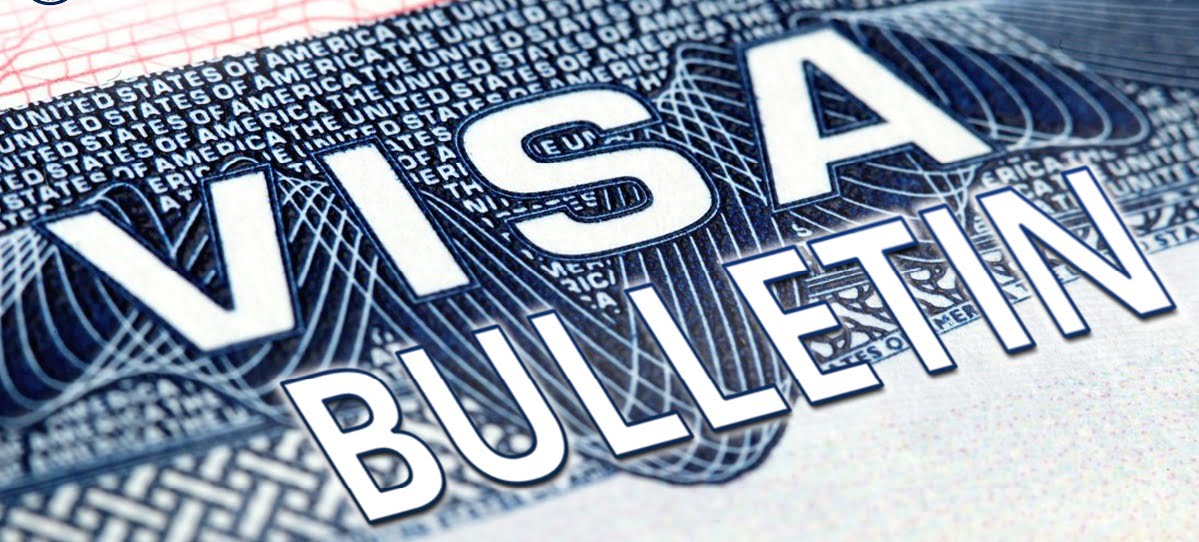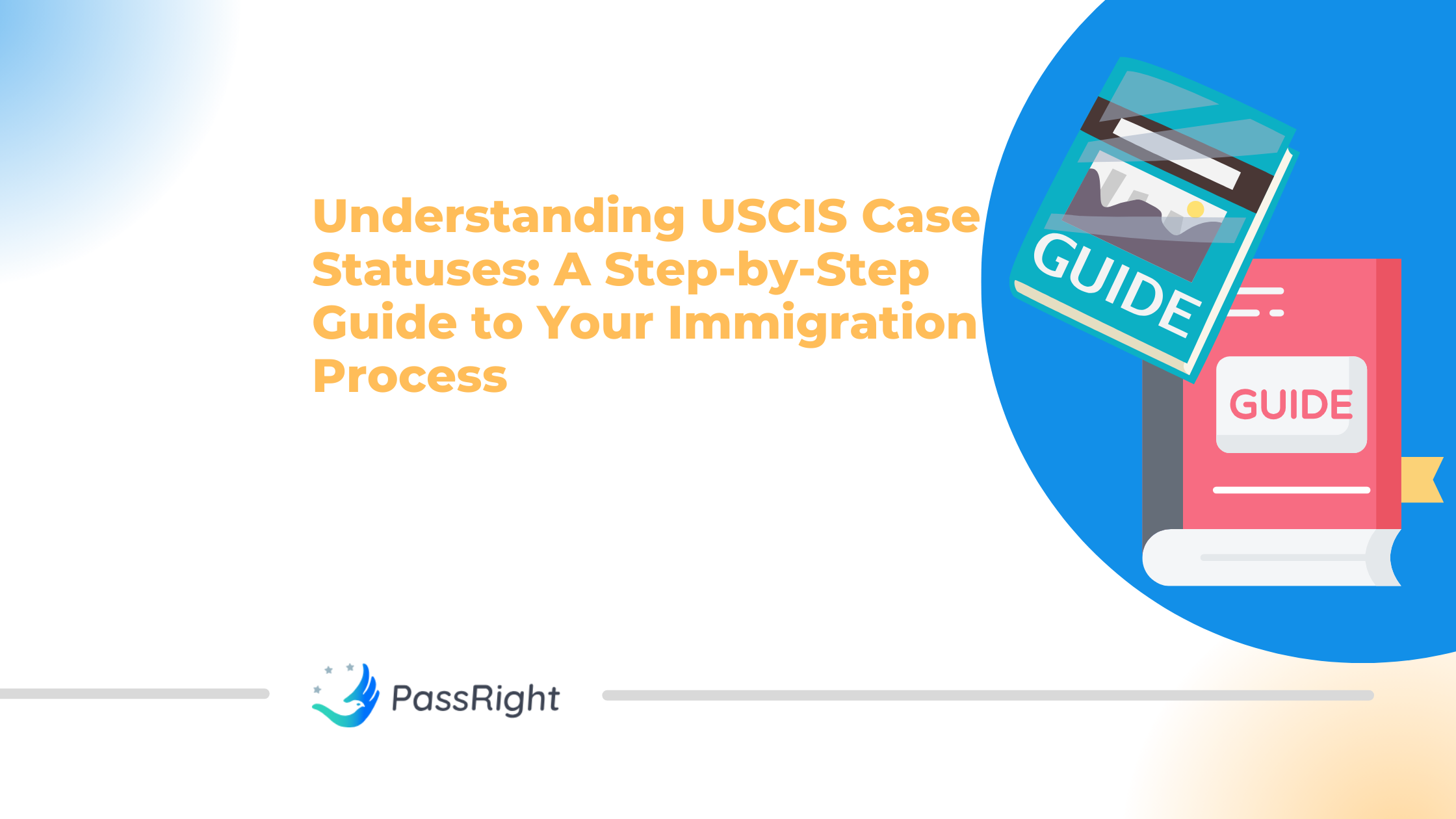Sometimes, two or more companies may go through a merger or acquisition process, which can benefit various parties involved, including employees. However, these corporate mergers and acquisitions can also lead to complications for immigrant employees or issues related to immigration law in the workplace.
Immigration-related matters, such as corporate transactions, are often not considered sufficiently during due diligence. Ignoring foreign nationals’ legal challenges can negatively affect the company and its employees. These may include concerns related to work authorization, severe fines and penalties, and the absence of critical employees.
It is important to proactively address immigration-related concerns during due diligence to avoid such adverse outcomes. This can determine whether visa holders can retain their employment and nonimmigrant status eligibility while protecting the company from potential penalties.
Important factors to consider regarding the impact of corporate restructuring and foreign national employees
Certain temporary work visas may not be transferable to a new company during a restructuring, depending on the employee’s visa type and the specifics of the reorganization.
When a corporation is planning a corporate restructuring involving immigrant employees, they must carefully assess how the transition will affect the lives and work of these employees and determine whether these employees can maintain their work authorization. Obtaining temporary work authorization may be necessary to ensure the safety and security of the corporation and its employees.
Additionally, the existing green card processes may need to be modified or restarted to reflect the new corporate structure. The risks of a corporate restructuring or change of ownership can vary depending on the visa category of the impacted employees.
The corporate restructuring may also impact green card applicants, as they may have to restart their application process or be subject to additional requirements.
These scenarios can create unexpected challenges for both the company and the employee if essential staff members are suddenly unauthorized to work in the United States due to expired visas or other issues with their immigration status.
Potential risks associated with different types of visas
To safeguard the well-being of immigrant employees at the time of the merger, companies must carefully assess the potential impact of any transitions on foreign workers and devise a comprehensive plan to address their needs. By taking the key due diligence consideration, an organization can prevent civil and criminal liability and maintain the integrity of its essential workforce.
When it comes to nonimmigrant visa holders, they are usually tied to a specific company and require the employer to prepare a petition that identifies the sponsored employee and provides detailed information about the job, including the worksite location, title, salary, and requirements.
However, when the sponsoring company changes its corporate structure, additional compliance measures may be necessary for employees to retain their nonimmigrant work status and work authorization. In some cases, the company may be unable to continue sponsoring these employees.
The term “successor in interest” often arises during a corporate reorganization. The successor company is the part that takes on a significant portion or even all of the assets and liabilities of the previous owner. Suppose the newly formed entity is considered a successor-in-interest. In that case, it can maintain many of the previous owner’s immigration-related responsibilities, which can reduce filing fees for temporary work visas.
Suppose the succeeding company assumes the essential immigration-related rights and obligations of former foreign national workers due to a merger, acquisition, spin-off, or another similar corporate restructuring. In that case, it may qualify as a successor in interest.
To maintain the foreign national workers’ employment authorization, the new employer must confirm that the job offered to these employees remains in the same division or unit that was transferred. Even if a successor-in-interest relationship is established, not all nonimmigrant work visa types can be sponsored by the new employer.
Implications of mergers and acquisitions on H-1B visa holders
The H-1B visa is commonly used as an employer-sponsored visa in the information technology sector. This law states that if an employer is involved in a corporate restructuring, including a merger, acquisition, or consolidation, a new entity can succeed in the interests and obligations of the original employer without the need to file an amended H-1B petition. Attorneys involved in corporate restructurings often make the mistake of only considering one aspect of the law, which is 8 U.S.C. § 1184(c)(10).
In situations where a new employer succeeds the interests and obligations of the original petitioning employer, and the employment terms and conditions remain unchanged except for the petitioner’s identity, a new Labor Condition Application (LCA) may not be required. This exception applies only if the new corporate entity assumes all obligations and liabilities of the original employer.
It’s important to note that even when a new LCA is not necessary in such situations, the new employer must still prepare a sworn statement for the public access file. This statement should include the new entity’s acceptance of all obligations and liabilities of the LCAs filed by the predecessor entity, a list of affected LCAs and their certification dates by the DOL, a description of the new employer’s actual wage system, and its federal employer identification number (EIN).
However, employers who sponsor H-1B visas must still meet specific requirements during corporate restructuring. This includes continuing to pay the employee the “prevailing wage” and maintaining the employee’s “public access file.” Moreover, if there is a change in the employee’s job location or duties, an amended petition may still need to be filed.
If the new employer is not a direct successor to the original employer, the USCIS immigration regulations provide the H-1B employee ways to transfer their visa to the new employer through portability provisions. However, these provisions require following specific procedures, and any missteps can lead to the employee being deemed in violation of their visa status.
Therefore, it is crucial for both the employer and the employee to be well-informed of the process and to ensure that they follow all necessary procedures. This will prevent potential legal issues and allow for a smooth transition for the employee to continue working under their H-1B visa.
Addressing immigration matters promptly is vital in the H-1B context. Employers must ensure that their public access files are up-to-date and petitions are filed appropriately to avoid issues. Consulting with an experienced immigration team can be helpful to ensure compliance and avoid any potential violations that could result in serious immigration consequences related to these mergers and acquisitions.
Detailed analysis of the corporate responsibilities related to employment-based green cards
A corporate structure change can impact an employee’s permanent residency application, depending on where they are in the green card application process. Whether the restructuring affects the employee’s application will depend on if the new entity is considered a “successor-in-interest” to the former employer.
When determining whether an entity is a successor in interest, several factors are taken into account. Firstly, the job opportunity should remain the same as the one listed in the labor certification. Additionally, the new employer must establish eligibility as a successor in interest in all aspects. This includes providing evidence that the predecessor entity could pay the employee the offered wage as of the PERM filing date. Lastly, the new entity’s I-140 petition must document the transfer and assumption of ownership of the predecessor entity.
The green card application process is typically a long and complex one. It involves multiple steps, including labor certification, petition filing, and the final green card application.
If the new entity is considered a “successor-in-interest” to the former employer, the green card application process can continue without significant disruption. However, if the new entity is not considered a “successor-in-interest,” then the employee’s green card application may be impacted, potentially causing delays or even being required to file a new petition.
The event’s timing will dictate the employer’s obligations concerning their employee’s immigration status. For example, if a change in employer occurs after the submission of PERM, it may be possible for the new entity to proceed without filing a new PERM application. However, the determination of whether the new employer can be considered a successor in interest is made by the USCIS during the I-140 review stage. It’s important to note that if there are any changes in job position or location, or if the new employer doesn’t meet the requirements to be considered a successor in interest, the pending labor certification will become invalid. In such a case, the new employer will have to file a new labor certification.
Additionally, if an employee’s Form I-485 Adjustment of Status application is pending during a merger or acquisition, they may take advantage of “portability” laws that allow them to transition to a new employer. However, this is only possible if the Form I-485 application has been pending for over 180 days and the employee’s job function and duties with the new employer are the same or similar to those with the original employer.
Suppose Form I-485 has been pending for less than 180 days at the merger or acquisition. In that case, the new entity should file an amended Form I-140 petition to ensure the employee’s green card application can continue without interruption.
Consequences of mergers and acquisitions to E-1 or E-2 visa holders
Problems related to E-1 and E-2 visa holders are not very common during mergers or acquisitions, but they can be challenging to detect when they do arise.
E-1 and E-2 visa recipients are executives, managers, and essential skilled employees who come to the United States under a treaty between their country and the United States. These visas are often contingent upon the nationality of a foreign entity. However, during a merger or acquisition, the nationality of the successor company may change, which can lead to the loss of E-1 or E-2 visa status for its holders.
In simpler terms, E-1 and E-2 visas are given to certain employees from specific countries who are working in the US. These visas are based on a treaty between the U.S. and their home countries. When two companies merge or one company acquires another, it can impact the new entity’s nationality, which can cause issues for E-1 and E-2 visa holders, as their visa status is tied to their home country, or in other words, the nationality of the company is the nationality of its owners.
Immigration consequences of mergers on O-1 visa holders
The O-1 visa is granted to foreign nationals with extraordinary abilities in various fields, such as science, education, and business. If a merger or acquisition occurs and the new entity is not considered a “successor-in-interest,” then employees who hold O-1 status will be adversely affected by corporate restructuring.
In this case, a new O-1 visa petition will be required. It’s important to note that employees in O-1 status cannot use any “portability” mechanisms. They cannot start working for the new entity until a new O-1 petition is approved.
The O-1 visa is intended for individuals with exceptional abilities who have received recognition in their field. This visa is highly sought after and is considered a temporary work visa. However, a merger or acquisition can have implications for employees who hold an O-1 visa. Suppose the new entity is not a “successor-in-interest,” meaning it is not continuing the same business or operations as the previous company. In that case, a new O-1 visa petition will be required.
Furthermore, it’s important to note that O-1 visa holders are not eligible to use the “portability” provisions that allow certain other visa holders to begin working for a new employer while a new visa petition is pending. This means that O-1 visa holders must wait for their new O-1 visa petition to be approved before they can begin working for the new entity.
The employment verification
Employers are legally obligated to ensure that all their hires are eligible for employment in the United States. They must keep each employee’s Employment Eligibility Verification form (Form I-9). After an employee leaves, the employer must save the form for a certain period if an inspection is needed.
In the case of a merger or acquisition, the new employer does not need to conduct another employment verification check to ensure the records’ accuracy.
When a merger or acquisition alters the organizational structure of a company such that the qualifying corporate relationship between the US employer and the foreign entity is no longer present, L-1 employees in the United States may become ineligible.
Although a company’s personnel files and document processes may seem in order during an initial review, there could be hidden non-compliance issues that can cause significant harm. Regarding U.S. immigration laws, incomplete or inadequate documentation may be a violation. This implies that if any errors or omissions in record-keeping are not detected during the due diligence process, the new employer may not be aware of any mistakes or oversights. However, they would still be responsible for them.
Consequences of violation of the I-9 verification checks by the new entity
U.S. immigration laws give the Department of Homeland Security (DHS), U.S. Citizenship and Immigration Services, and other authorized officials the power to inspect Forms I-9 and any copies of employees’ documents.
Employers must make these documents available for inspection when requested, and officials only need to give a three-day notice before starting the check. The employer is responsible for providing the Forms I-9 at the requested location.
U.S. employers must adhere to employment eligibility verification requirements, and failure to comply can result in financial penalties for each violation. The DHS will consider several factors before deciding on the penalty amount, such as the company’s size, the employer’s intentions, the seriousness of the violation, whether an unauthorized migrant was involved, and any previous violations.
Employers must follow the correct procedures and maintain accurate records to avoid legal repercussions.
Conclusion
Many employers and corporate decision-makers sometimes fail to recognize the importance of complying with immigration laws during corporate restructuring. However, failing to take immigration compliance seriously can lead to costly mistakes and legal issues. Proper planning and due diligence can help avoid such pitfalls and ensure foreign national employees remain authorized to work in the U.S.
Both employers and employees must understand the possible consequences of a merger or acquisition and assess how it can impact foreign workers. Employees must take the necessary steps to maintain their legal status, and it’s essential to seek guidance from a knowledgeable immigration team, such as ours at PassRight.
To discuss whether a particular visa suits you and whether you meet the requirements for that specific category, please do not hesitate to contact us.
* This article is for informational purposes only and does not provide direct legal advice.
FAQ:
Does a corporate restructuring automatically transfer foreign workers along with an employer’s other assets and operations?
It depends on the foreign worker’s status or type of employment authorization. Every kind of foreign worker status or employment authorization has its own set of regulations regarding restructuring. The employer may need to take specific actions as part of the restructuring plan to maintain their employment authorization.Can mergers or acquisitions potentially adversely affect the employer and the employees regarding immigration matters?
Yes, it can impact the legal immigration status and ability to work of nonimmigrant employees and those seeking immigrant status through the employer’s sponsorship. This effect can harm both the employer and the employee. Additionally, a restructuring can present both immigration risks and opportunities.How can a corporate restructuring affect an H-1B visa holder?
A foreign national holding an H1B visa can maintain their employment uninterrupted after a company merger, provided that the new employer qualifies as a “successor in interest” and agrees to assume specific responsibilities and complete certain procedures before the merger is finalized.How does a merger or acquisition affect an employee’s permanent residency process?
In the event of an acquisition, where the purchasing company acquires the assets and liabilities of the acquired company, including immigration liabilities, labor certifications approved for the acquired company should survive without the need for re-filing, provided there are no significant changes in job duties, location, or title. However, pending or approved I-140 Immigrant Visa petitions require an amendment filing to be submitted to the USCIS detailing the nature of the successor-in-interest acquisition. On the other hand, if the acquisition is not a successor-in-interest acquisition, the purchasing company may need to initiate new permanent residency application procedures for employees of the acquired company. Nonetheless, if the employee is far enough along in the green card process, they may be eligible to “port” the permanent residency process initiated by the acquired company, provided the I-140 petition is approved, the I-485 application is pending for at least 180 days during the acquisition, and the position offered by the new corporate entity is similar to the function listed in the underlying green card application.









